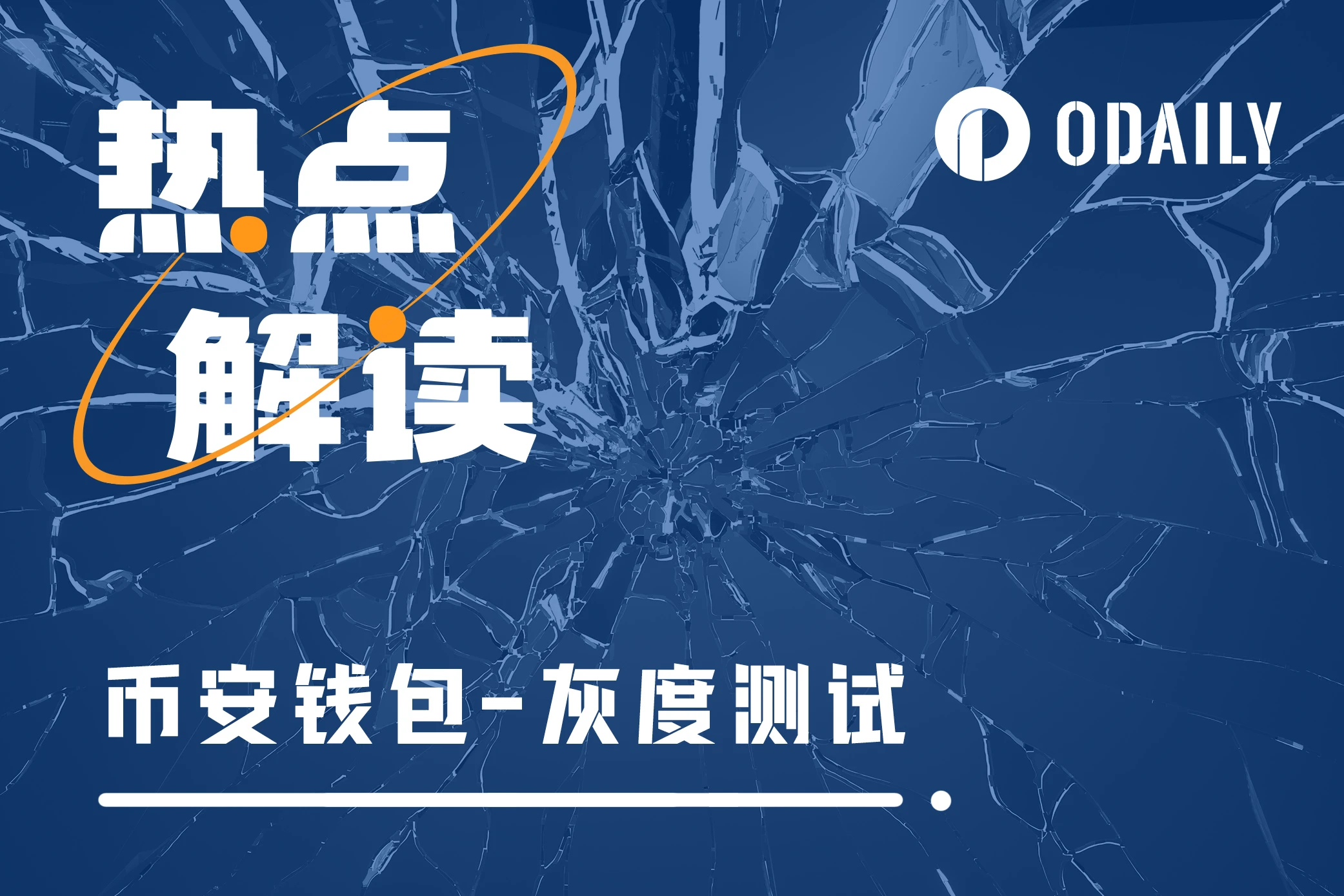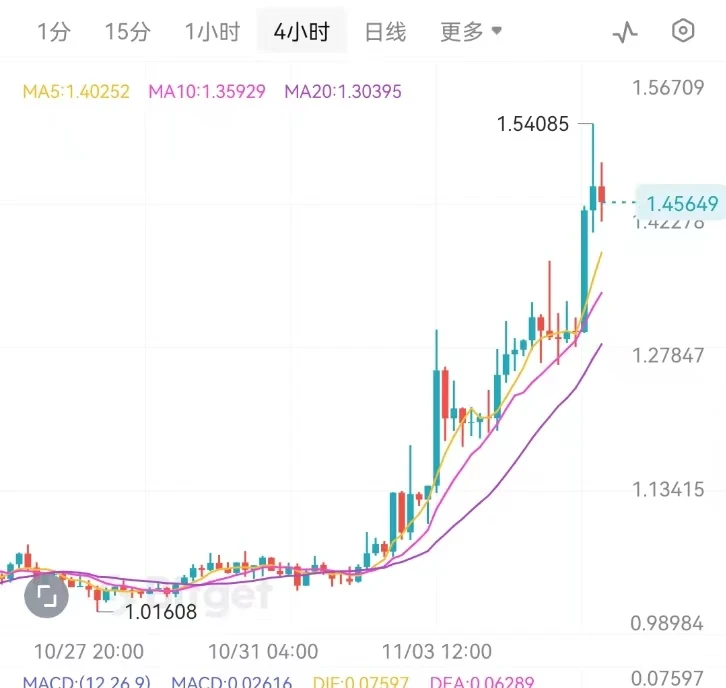Original | Odaily Planet Daily
Author | Fu Ruhe

Representing centralized CEX and decentralized Web3 wallets are essential tools for most people to participate in the crypto market. In recent years, the boundaries between the two have gradually blurred.
Exchanges led by OKX are creating built-in Web3 wallets, allowing users to participate in on-chain activities after depositing funds without the need to transfer to other chain wallets; wallets represented by MetaMask integrate deposit and withdrawal channels into their own wallets, providing users with a seamless full-process business model.
Of course, some centralized exchanges are using acquisitions or self-developed Web3 wallets to expand, such as Binance's acquisition of Trust Wallet in 2018, Bitget's acquisition of BitKeep in March this year, and Coinbase's launch of Coinbase Wallet.
Regardless of the approach taken by the above projects, they are all vying for the future traffic territory of Web3.
Recently, Binance, as the leading centralized exchange, has started the grayscale testing for the embedded Web3 wallet in the exchange. How is the testing situation? Odaily Planet Daily has conducted an investigation on this.
Binance Web3 wallet has a lukewarm response, while TWT breaks new highs?
On November 3, according to feedback from the crypto community, a portion of users were invited to participate in the grayscale testing of the Web3 wallet embedded in the Binance App. (Odaily note: Grayscale testing refers to selecting specific groups to try out an application before its official release, gradually expanding the number of testers to promptly discover and correct any issues.)
The Binance Web3 wallet, a self-hosted crypto wallet within the Binance App, aims to lower the entry barrier for users to enter the decentralized finance (DeFi) world. As a digital gateway for blockchain applications (dApps), it provides users with a secure and simplified way to manage their cryptocurrencies, execute cross-chain token transactions, earn rewards, and interact with various on-chain platforms.
The Binance Web3 wallet uses MPC (multi-party secure computation) technology to manage each transaction, reducing the possibility of single point of failure. Additionally, the Binance Web3 wallet employs complex security mechanisms, generating three independent key shares stored separately in your personal cloud and device locations; accessing the Binance wallet requires at least two key shares. There are also other enhanced security features, such as error address protection and malicious contract detection, which notify users of token and chain security risks during transactions.
So, how did early test users respond to this grayscale testing?
Odaily Planet Daily found that the community's feedback on the Binance Web3 wallet was relatively subdued, with some testers expressing on social media that they were unable to export private keys. However, after the author's testing, the Binance Web3 wallet functions normally at present, and users only need to download Google Drive to create wallet keys. As the Binance Web3 wallet is still in the early testing stage, the related supporting features are not yet complete, and the author is unable to provide further testing and experience sharing.
With the news of Binance testing the embedded Web3 wallet, another wallet project related to Binance—Trust Wallet—has become the focus of speculation in the past few days, with a significant price increase. The project, acquired by Binance in 2018, may have risen due to the community's sentiment that "Trust Wallet helped Binance develop the Web3 wallet."
According to Bitget's market data, the Trust Wallet token TWT surged from 1.1 USDT on November 3 to a high of 1.55 USDT, the highest since mid-February this year; currently trading at 1.46 USDT, with a 24-hour increase of 9.4%.

The boundary between Web2 and Web3 is gradually blurring
The boundary between centralized and decentralized is gradually becoming blurred in today's development, with centralized exchanges laying out Web3 wallets and Web3 wallets bridging the gap with reality. The ultimate goal of both is to retain user traffic within their own systems.
With its massive exchange traffic and the Trust Wallet and in-app wallets, Binance has maximized the coverage of user Web3 activities.
However, Binance's embedded wallet has just been launched and is relatively small in scale, while OKX's Web3 wallet has already matured, especially in seizing the first-mover advantage in the Bitcoin ecosystem—OKX CEO Star even mentioned that the OKX Web3 wallet may become an independent application in the future.
In conclusion, whether it's centralized exchanges led by Binance and OKX, or Web3 wallets led by MetaMask, they are all striving to break the boundaries between old and new networks, making it more convenient for new users to enter Web3.
免责声明:本文章仅代表作者个人观点,不代表本平台的立场和观点。本文章仅供信息分享,不构成对任何人的任何投资建议。用户与作者之间的任何争议,与本平台无关。如网页中刊载的文章或图片涉及侵权,请提供相关的权利证明和身份证明发送邮件到support@aicoin.com,本平台相关工作人员将会进行核查。




